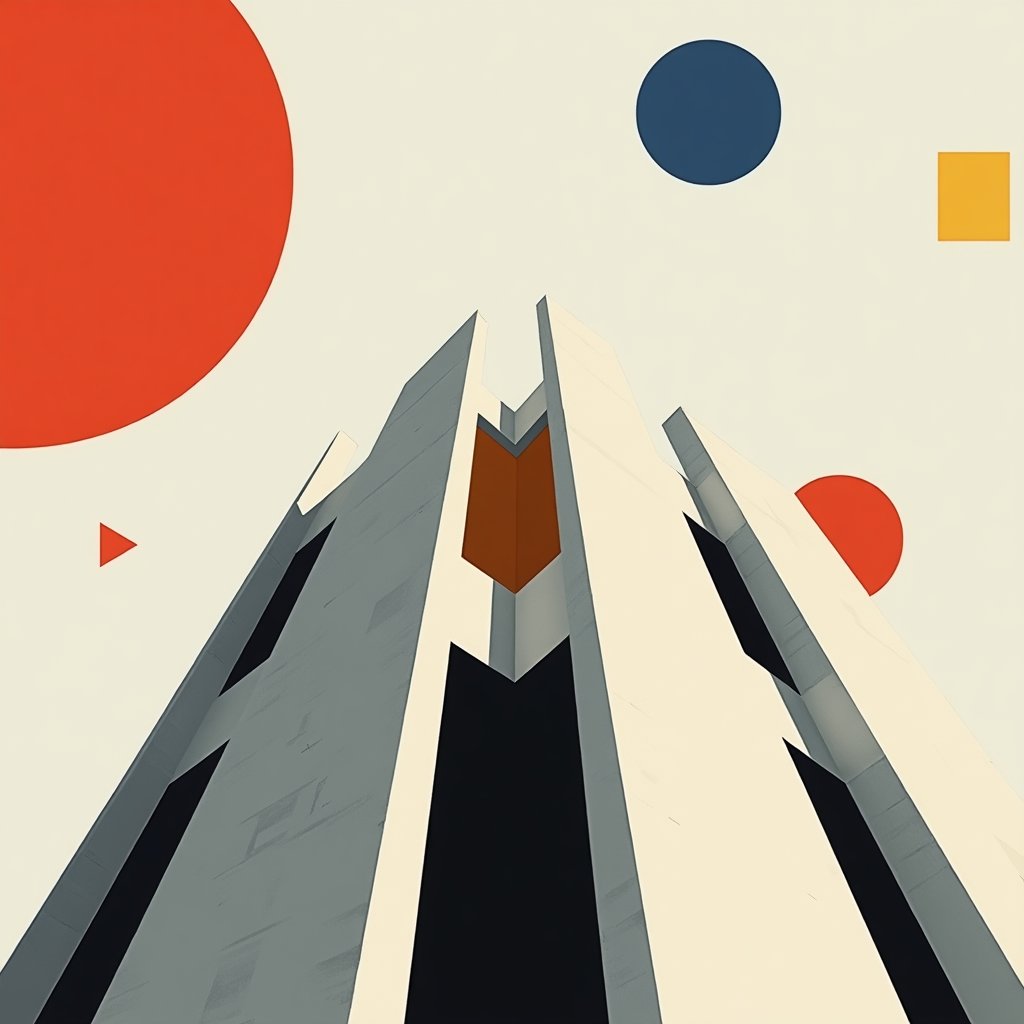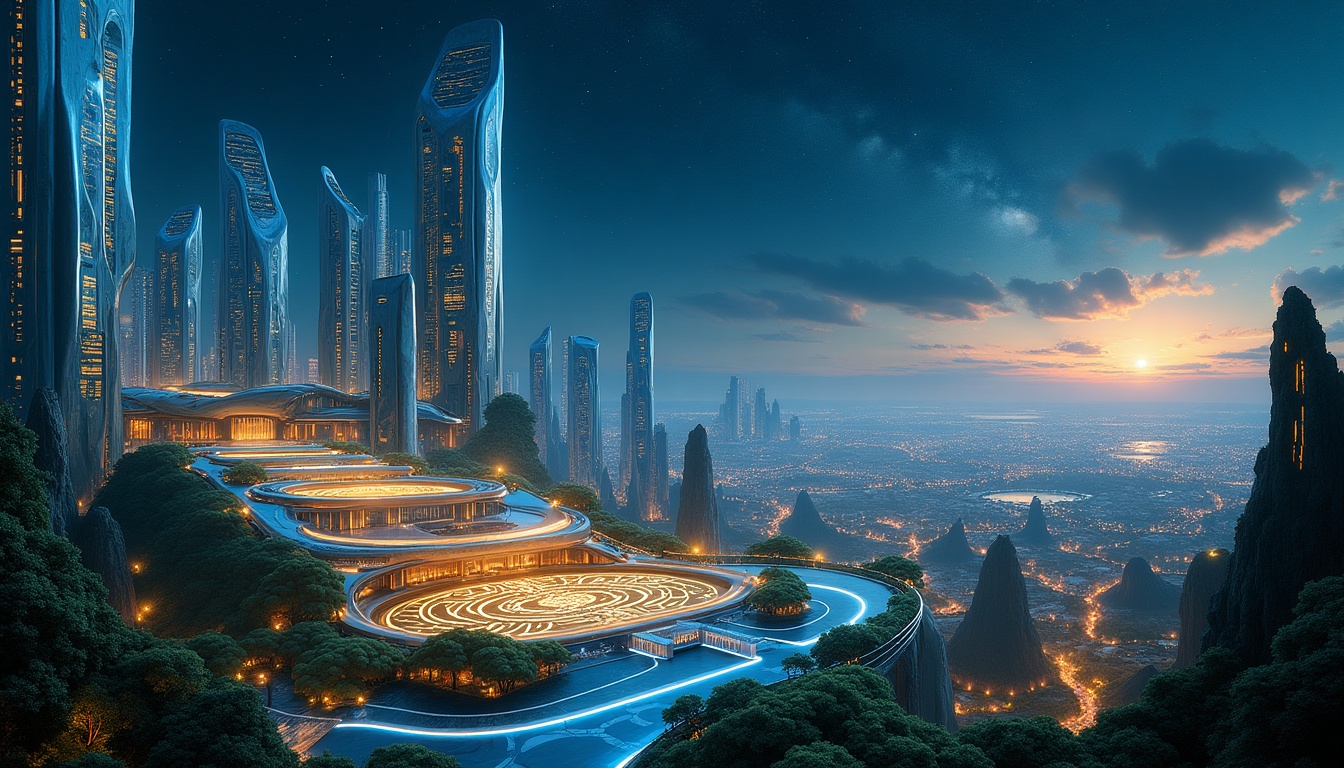Imagine a world where design isn’t just about aesthetics but about solving problems, improving lives, and making the future a better place. Sounds like a utopian dream, right? Well, that’s exactly what the Bauhaus school set out to achieve over 100 years ago. And guess what? Its influence is still everywhere—from the furniture in your home to the smartphone in your pocket. In this article, we’ll dive deep into the legacy of Bauhaus, its impact on modern design, and why its ideals are more relevant today than ever before. Buckle up, because this is a journey through art, architecture, and the very essence of how we live.
What Was Bauhaus, Anyway?
Bauhaus wasn’t just a school; it was a revolution. Founded in 1919 by architect Walter Gropius in Weimar, Germany, Bauhaus aimed to bridge the gap between art, craft, and industry. The goal? To create functional, affordable, and beautiful designs for everyone. Think of it as the OG design philosophy that said, “Form follows function.” But Bauhaus wasn’t just about sleek chairs and minimalist buildings—it was about reimagining the future.
As DW Documentary explains in their fascinating video, Bauhaus was a melting pot of creativity. It brought together architects, artists, and designers to explore new approaches to education, architecture, painting, dance, and even everyday objects. But its existence was short-lived. When the Nazis came to power in 1933, they shut down the school, forcing its visionaries to flee Germany. And that’s when Bauhaus went global.
The Bauhaus Effect: From IKEA to Your iPhone
Fast forward to today, and the Bauhaus effect is unmistakable. Take IKEA, for example. The Swedish furniture giant has become the modern-day embodiment of Bauhaus principles. Eva Maria Runner, an IKEA executive, sums it up perfectly: “How can you have your first home, your first bed, your first sofa, and your first desk accessible at a price you can afford?” Sound familiar? That’s because affordability and functionality were cornerstones of the Bauhaus vision.
IKEA’s “democratic design” philosophy—focusing on form, function, quality, sustainability, and low price—is a direct descendant of Bauhaus ideals. But it’s not just IKEA. From the minimalist aesthetic of Apple products to the sleek lines of modern skyscrapers, Bauhaus has left its mark on nearly every aspect of our lives. Even your iPhone owes a debt to Bauhaus. Steve Jobs, inspired by Bauhaus principles, famously said, “Design is not just what it looks like and feels like. Design is how it works.”
Bauhaus and Industry: A Match Made in Design Heaven
One of Bauhaus’s most groundbreaking ideas was the partnership between design and industry. In Dessau, where the school relocated in 1925, Bauhaus collaborated with thousands of firms to create everything from household fittings to corporate brochures. This synergy between art and technology was revolutionary at the time—and it still is.
Hannes Meyer, who took over as director in 1928, pushed this industrial focus even further. Under his leadership, Bauhaus became more political, emphasizing the needs of the people over luxury. Meyer’s famous slogan, “Volksbedarf statt Luxusbedarf” (the needs of the people instead of the need for luxury), became a rallying cry for socially responsible design. And while Meyer’s tenure was short-lived, his legacy lives on in the affordable housing projects and mass-produced goods we take for granted today.
Bauhaus in America: From Black Mountain College to MoMA
When Bauhaus visionaries fled Nazi Germany, many ended up in the United States, where they continued to spread their ideas. Walter Gropius became the chair of Harvard’s architecture department, while Ludwig Mies van der Rohe designed the iconic Seagram Building in New York City. Meanwhile, the Museum of Modern Art (MoMA) played a pivotal role in introducing Americans to Bauhaus design.
As Martino Stierli, MoMA’s chief curator of architecture and design, explains, Bauhaus’s interdisciplinary approach and focus on merging art with everyday life resonated deeply with American audiences. Today, MoMA’s collection includes iconic Bauhaus pieces like Marcel Breuer’s tubular steel chairs and Mies van der Rohe’s Barcelona chair—a testament to the enduring appeal of Bauhaus design.
Bauhaus Today: A Brand, a Lifestyle, or Something More?
So, is Bauhaus just a brand now? A catch-all label for anything sleek and modern? Well, yes and no. While Bauhaus has undoubtedly become a buzzword, its core principles—functionality, affordability, and social responsibility—are more relevant than ever. In a world grappling with climate change, inequality, and rapid technological change, Bauhaus offers a blueprint for designing a better future.
But let’s not sugarcoat it. Bauhaus isn’t perfect. Its minimalist aesthetic can feel cold and impersonal, and its focus on mass production has contributed to the consumerism that’s driving us toward environmental collapse. As design critic Mark Wigley puts it, “We are the victims of Bauhaus.” But he also acknowledges that Bauhaus raised fundamental questions about how we want to live—questions we’re still trying to answer today.
Final Thoughts: What Can Bauhaus Teach Us Today?
As we celebrate 100 years of Bauhaus, it’s worth asking: What can this revolutionary design school teach us in the 21st century? Can good design still improve people’s lives? Or have we taken Bauhaus’s principles too far, turning them into a tool for consumerism rather than social change?
One thing’s for sure: Bauhaus isn’t going anywhere. Its influence is too deeply ingrained in our culture, our cities, and our daily lives. But perhaps the real question is: How can we take the best of Bauhaus—its creativity, its idealism, its commitment to solving problems—and use it to build a better, more sustainable future?
Join the Conversation
What do you think? Is Bauhaus still relevant today, or has it become just another brand? How has Bauhaus influenced your life—whether through the furniture in your home, the design of your gadgets, or the buildings in your city? Share your thoughts in the comments below, and let’s keep the conversation going.
And if you’re passionate about design, innovation, and the future, why not join the iNthacity community? Become a permanent resident of the Shining City on the Web, where we explore the ideas and technologies shaping our world. Like, share, and let’s build a brighter future together!
Wait! There's more...check out our gripping short story that continues the journey: Flux.ai
Disclaimer: This article may contain affiliate links. If you click on these links and make a purchase, we may receive a commission at no additional cost to you. Our recommendations and reviews are always independent and objective, aiming to provide you with the best information and resources.
Get Exclusive Stories, Photos, Art & Offers - Subscribe Today!

























Post Comment
You must be logged in to post a comment.